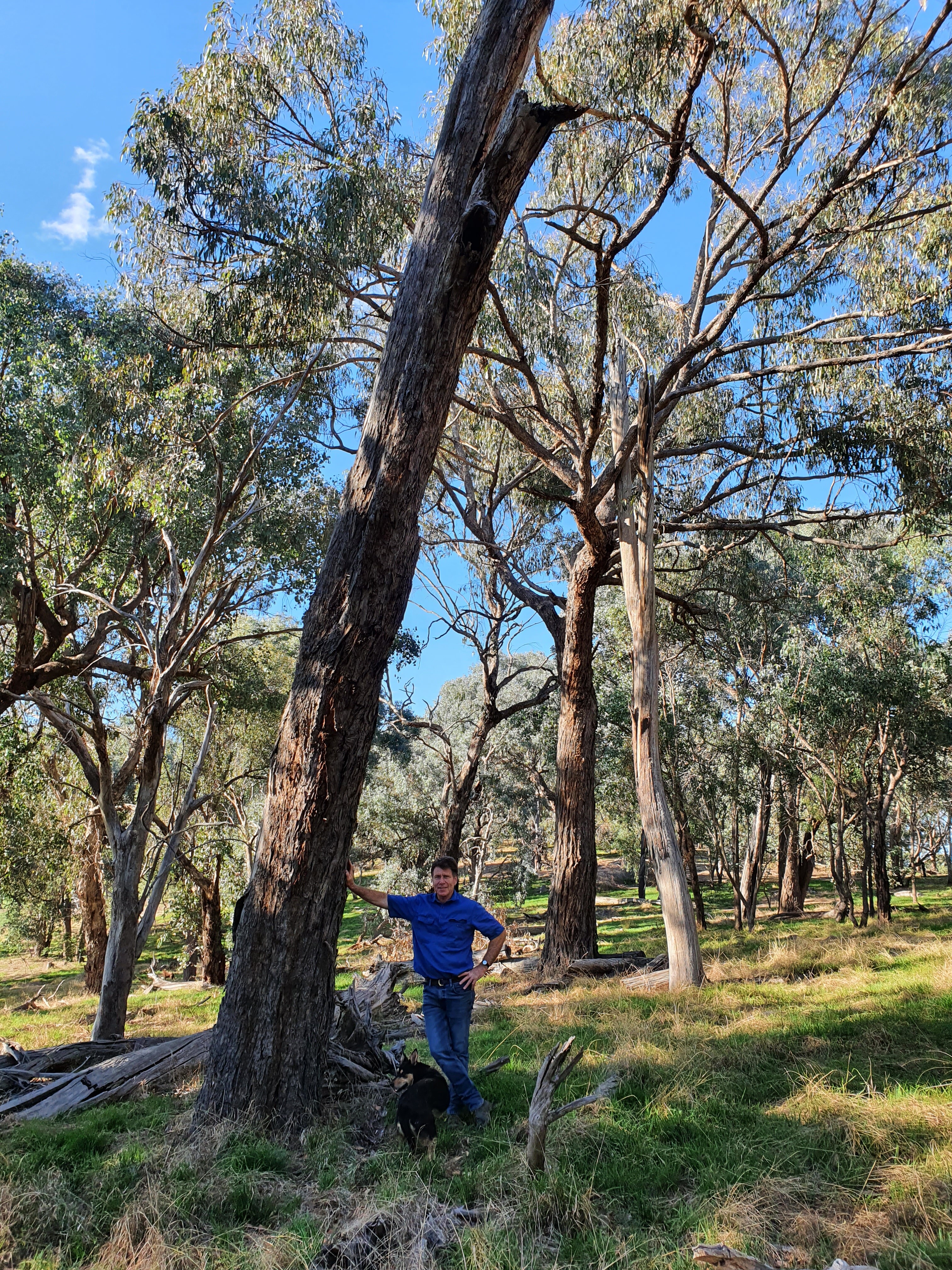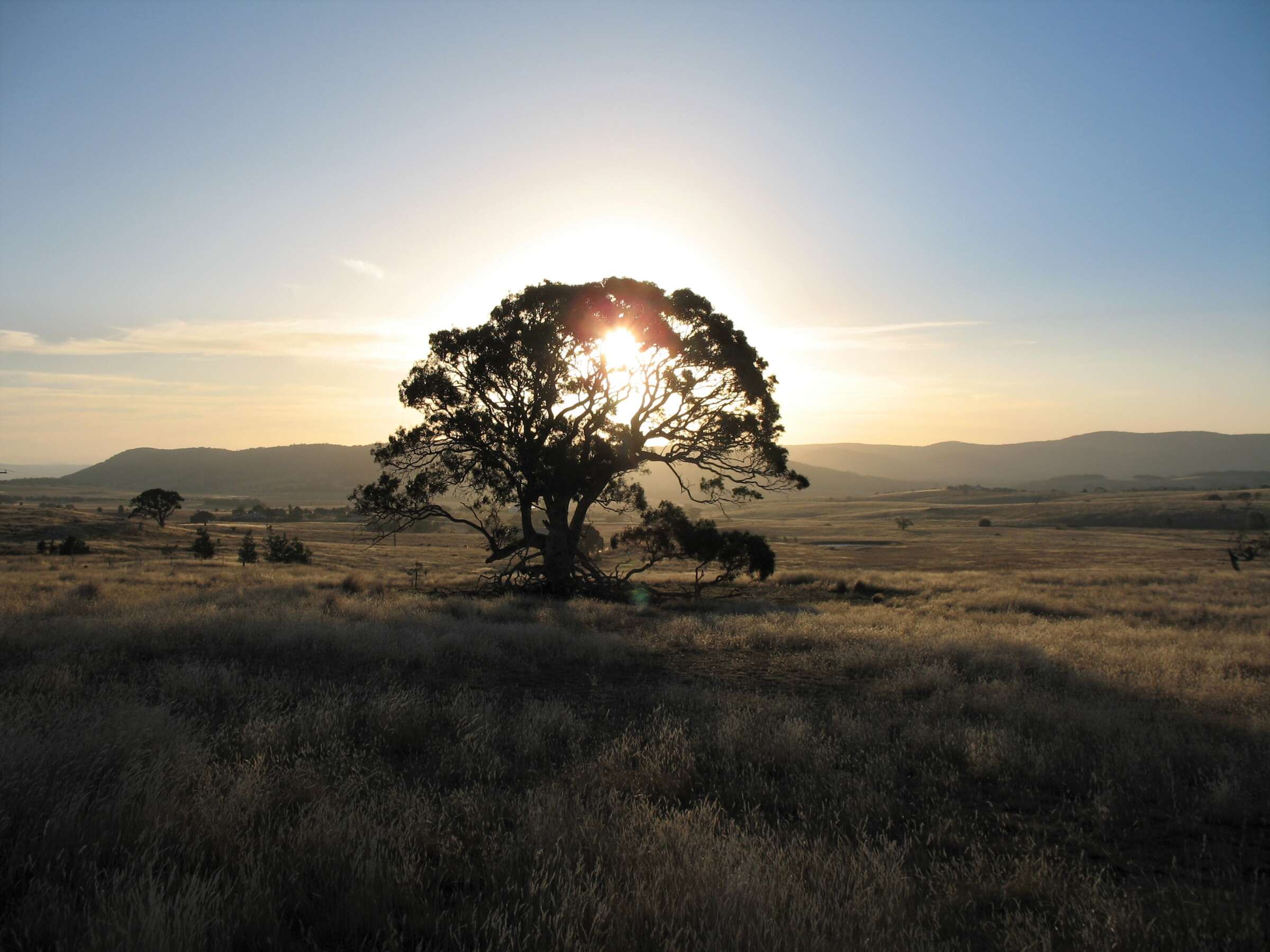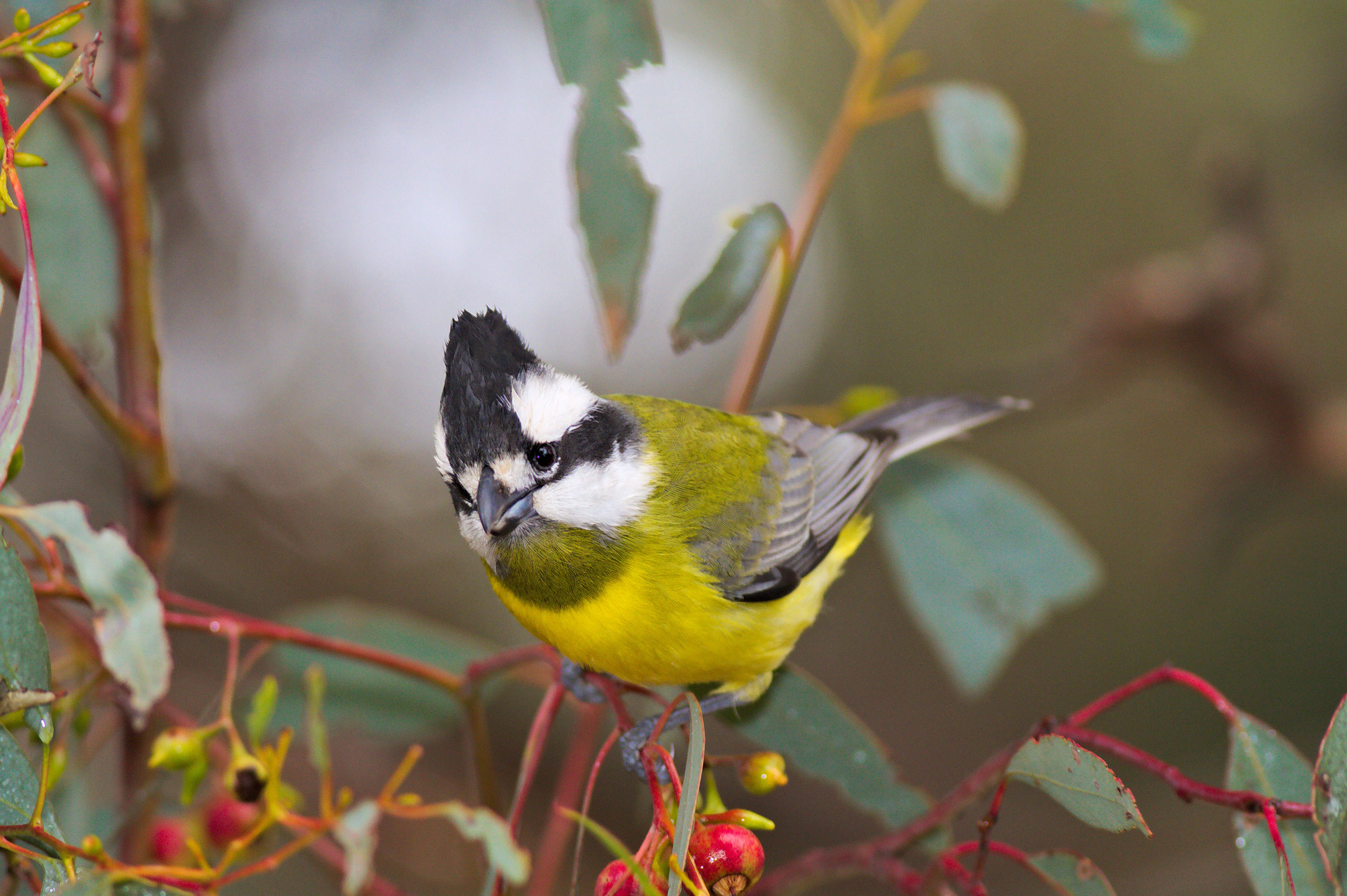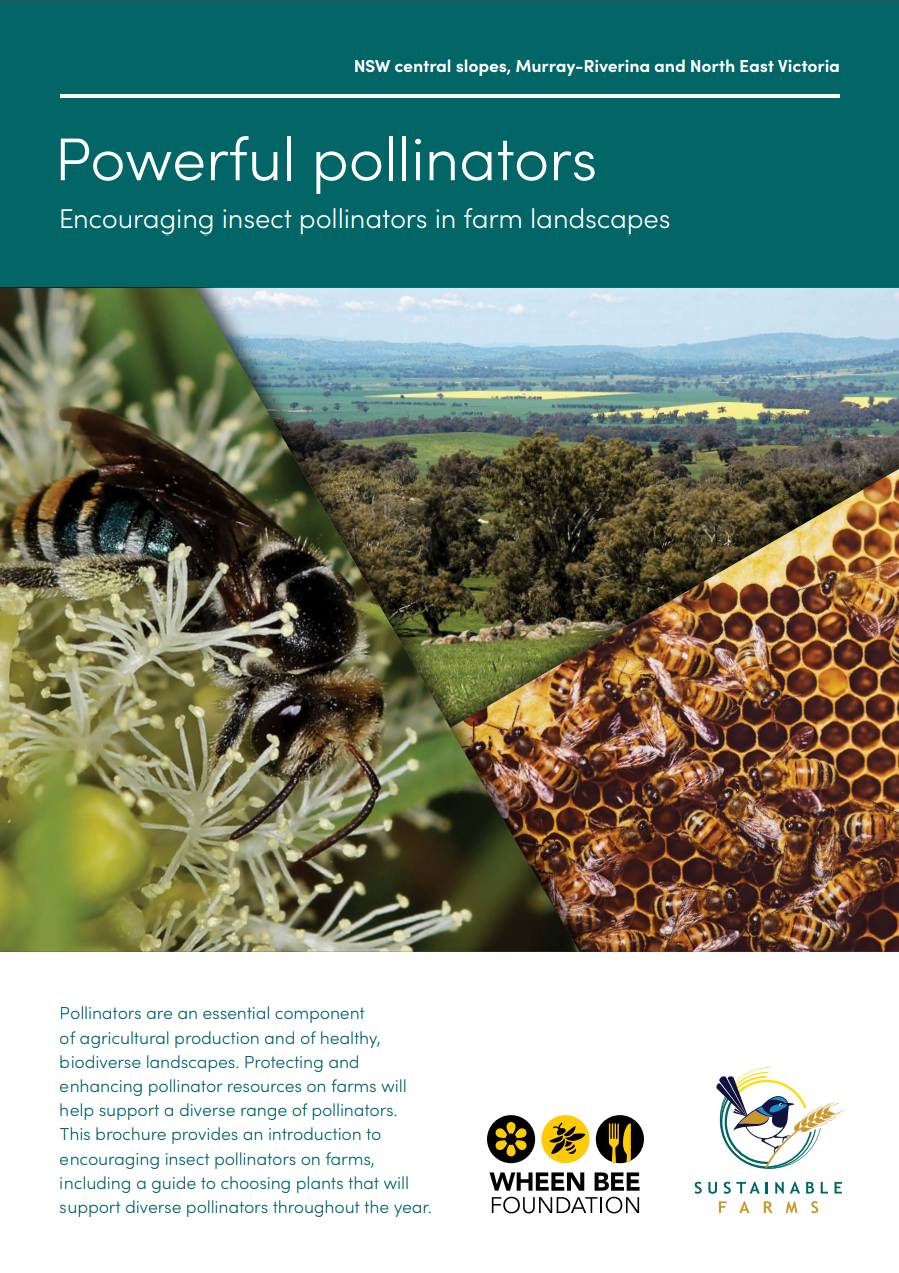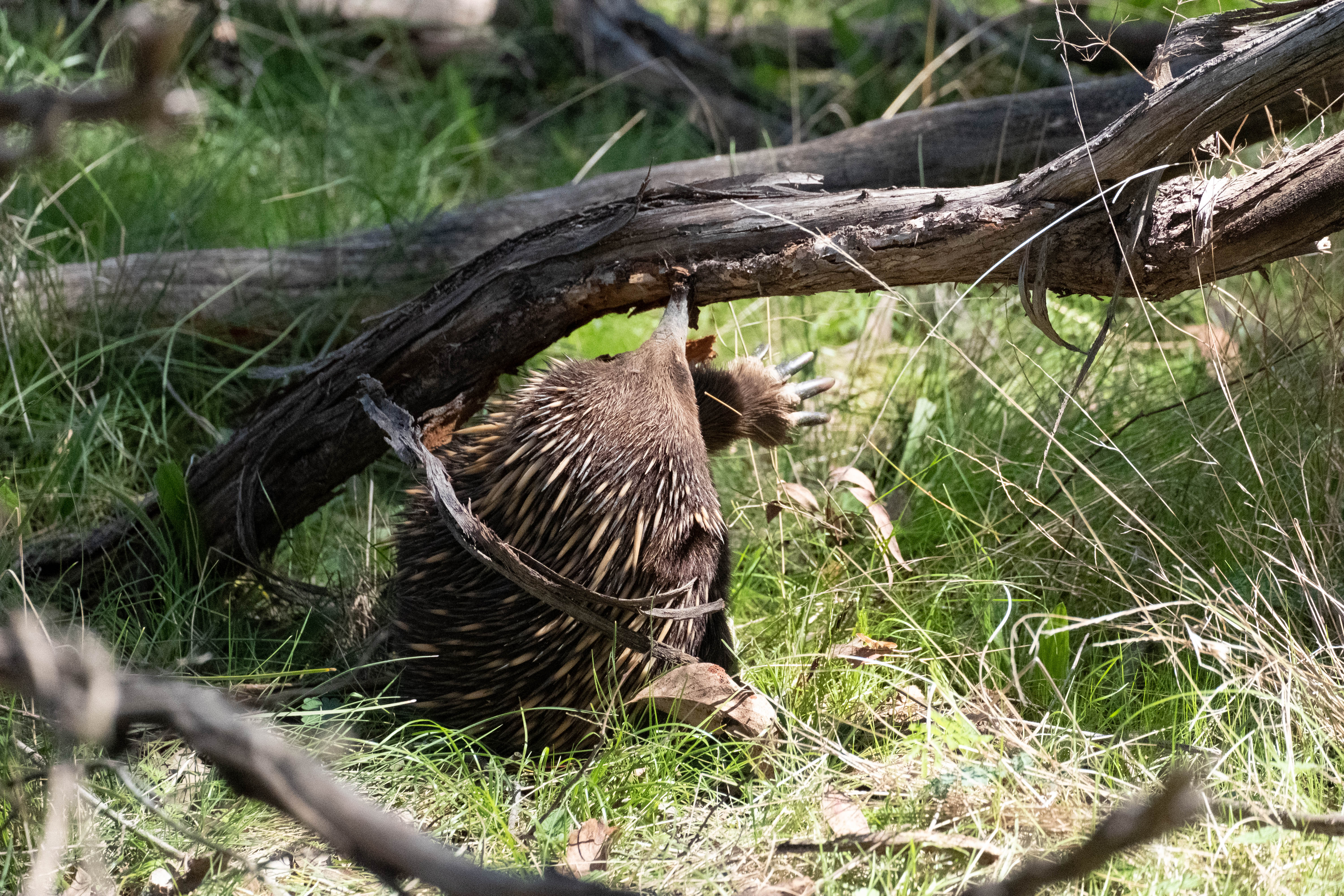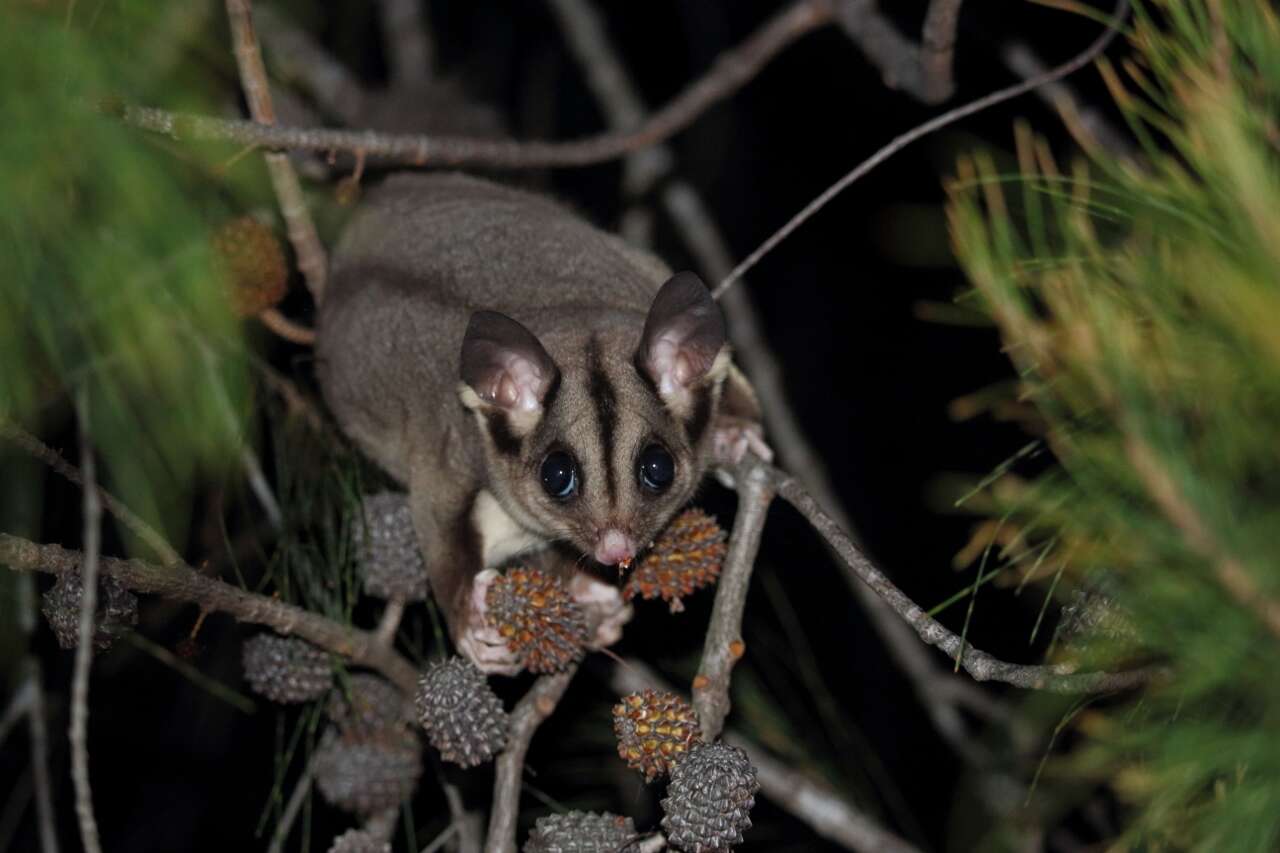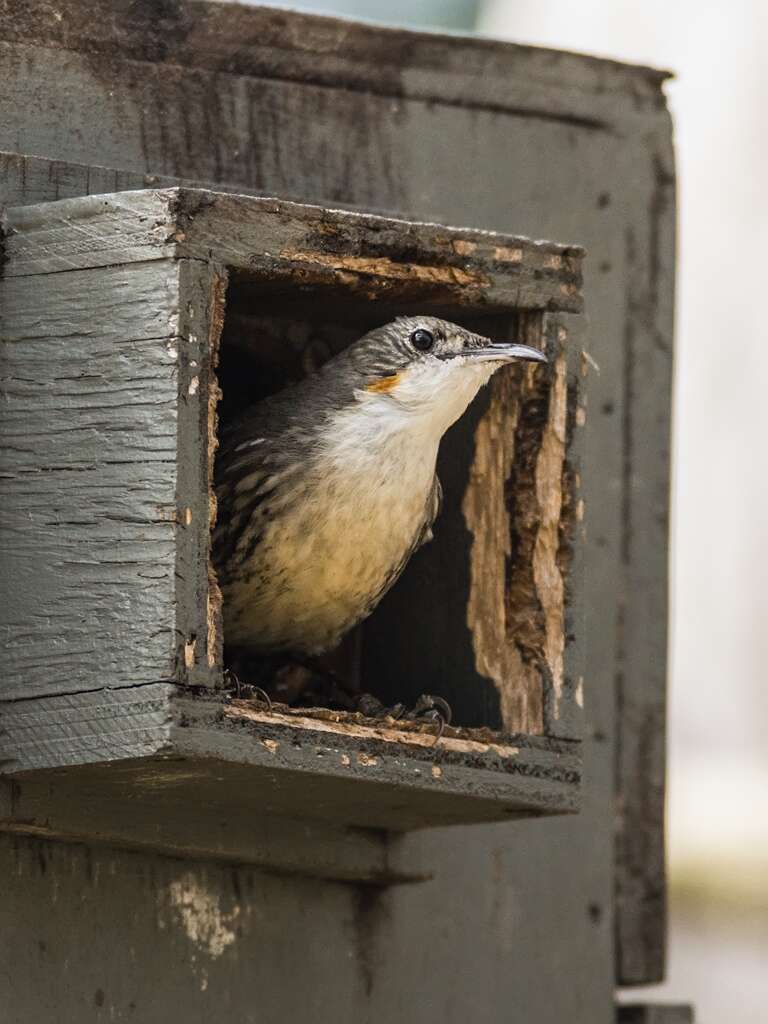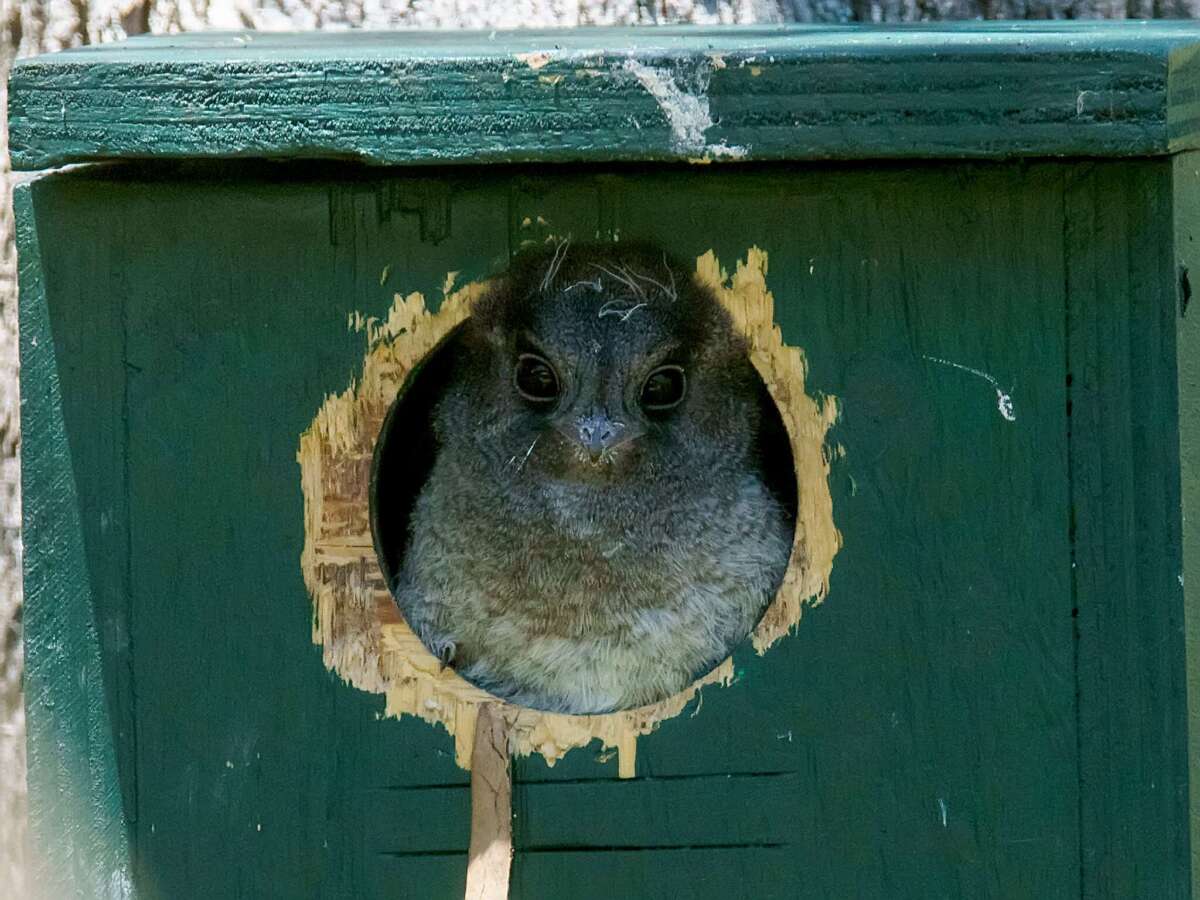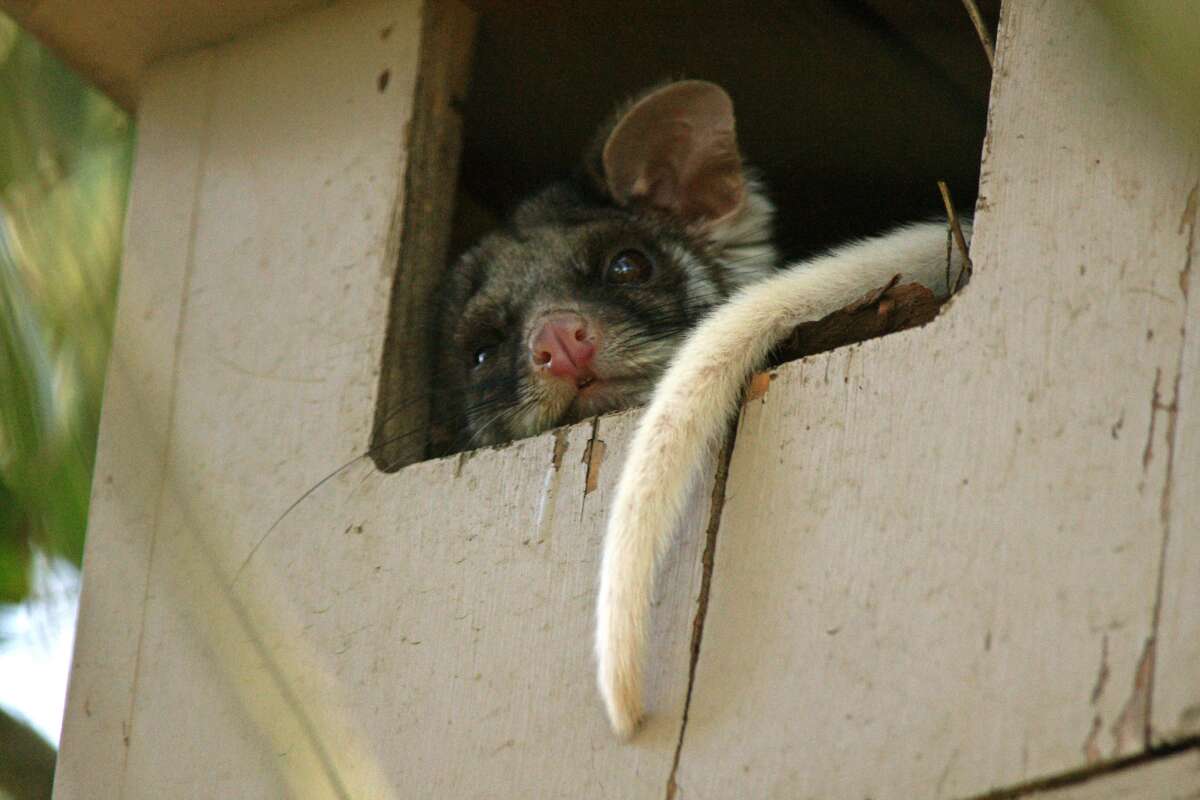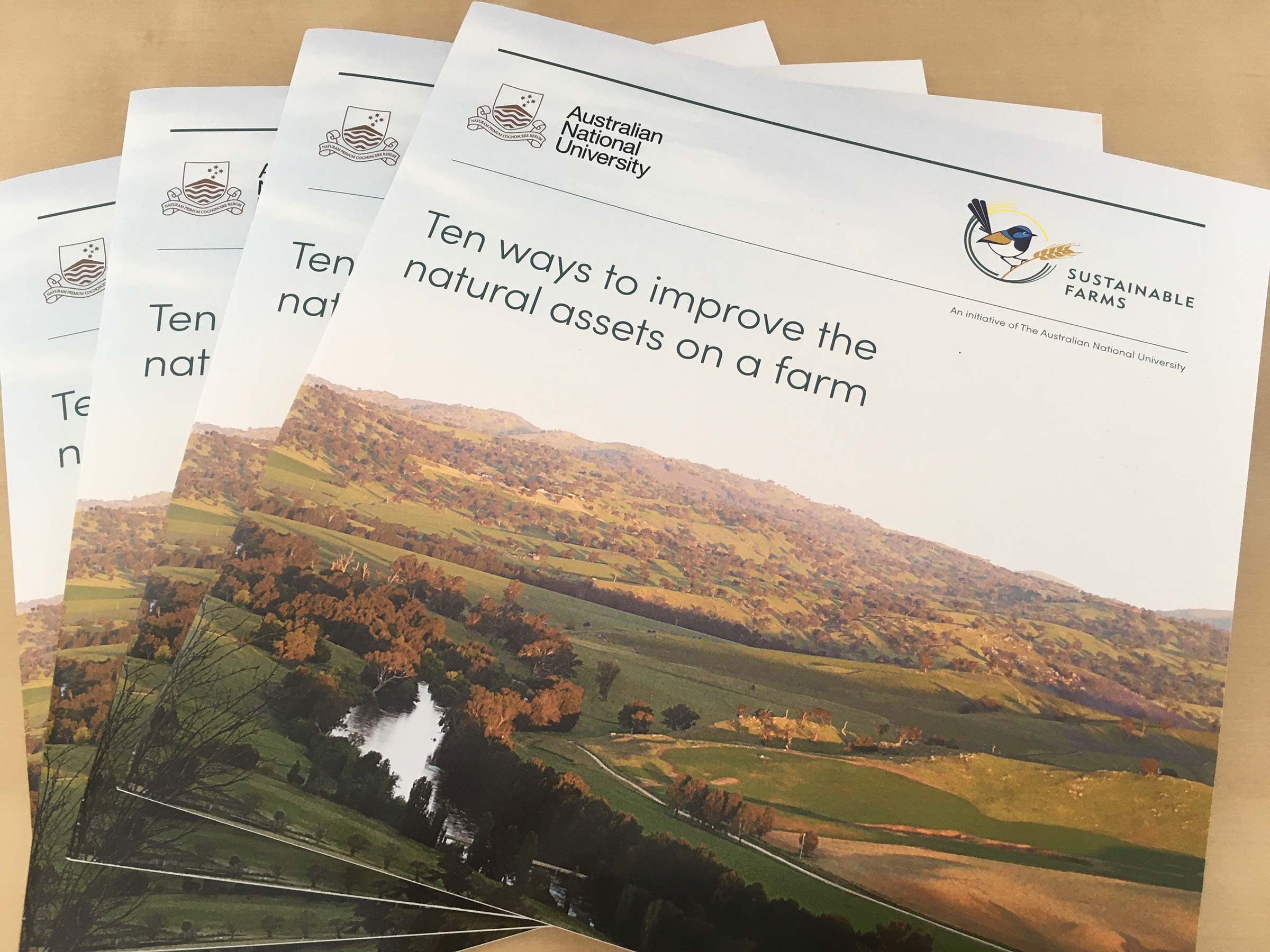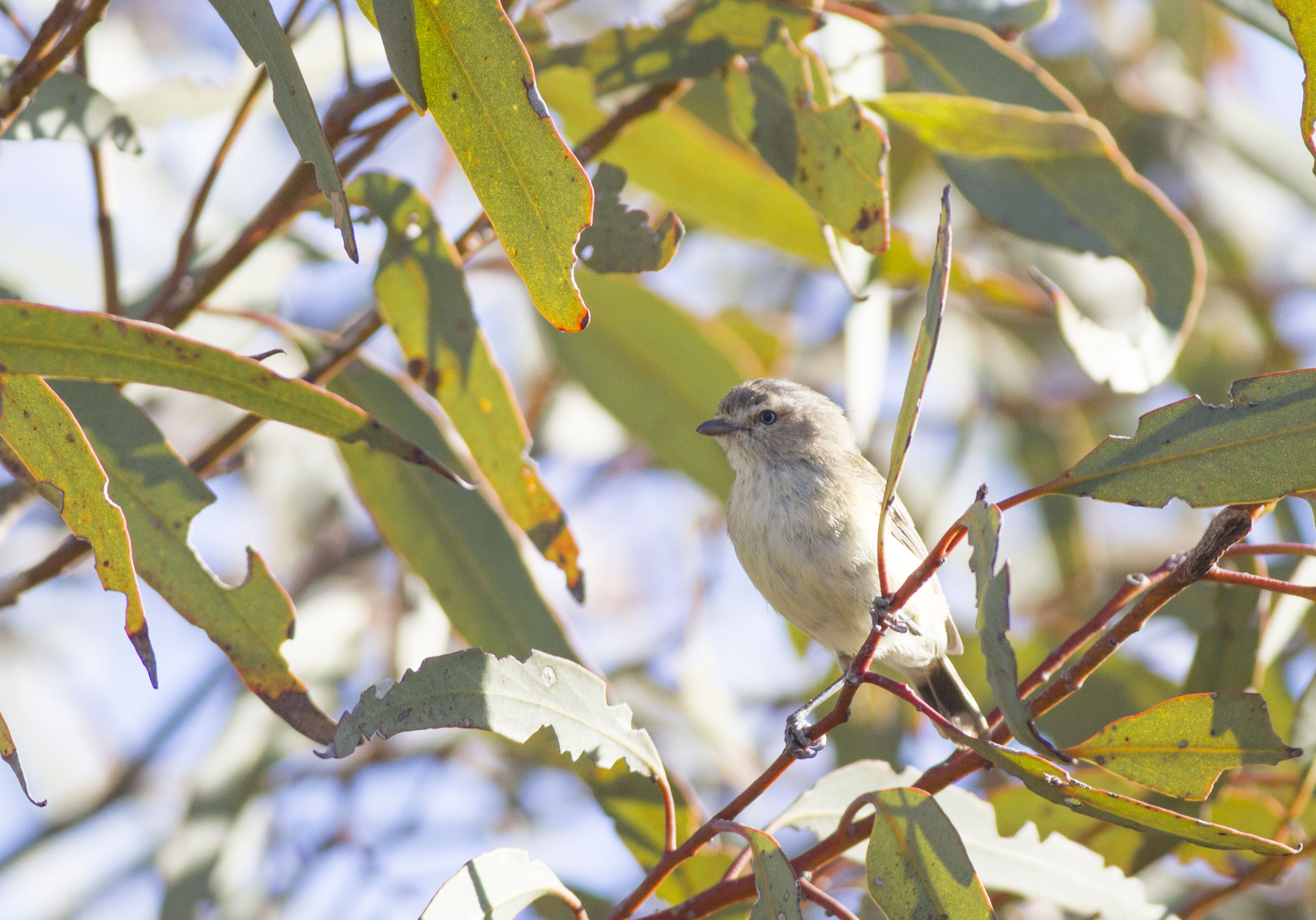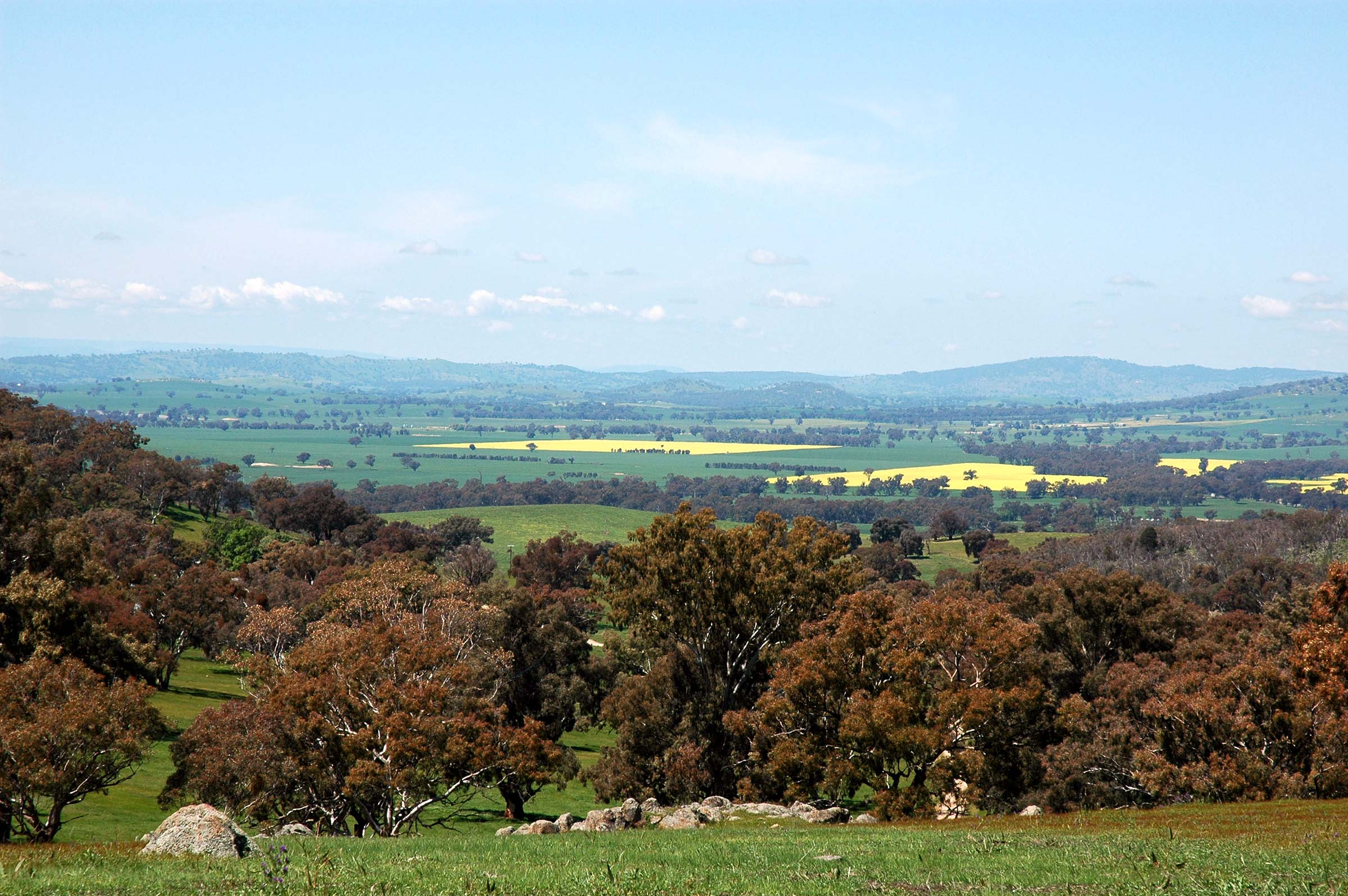Ways to improve natural assets on a farm Support biodiversity
The box-gum grassy woodlands of south-eastern Australia are truly remarkable: home to an astonishing diversity of vegetation and incredible wildlife. The woodlands also underpin some of Australia's prime agricultural land, and as a result only 4% of the original woodland vegetation remains intact.
Much of the remaining vegetation is on farmland, and farms provide vital habitat for many endangered plants and animals. Learn more about the small changes you can make on the farm to help support biodiversity and protect the natural heritage of our woodlands.
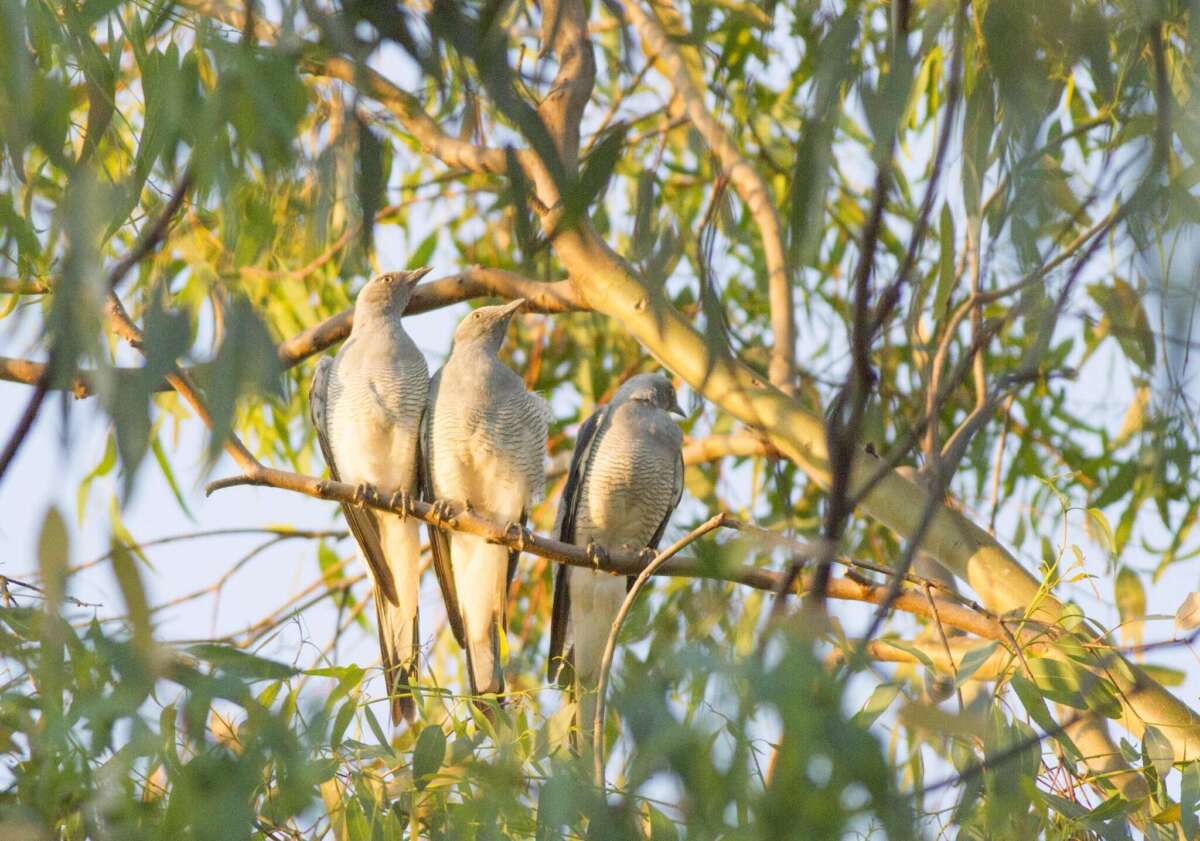
Above: Ground cuckoo-shrikes. Photo by Dave Smith.


